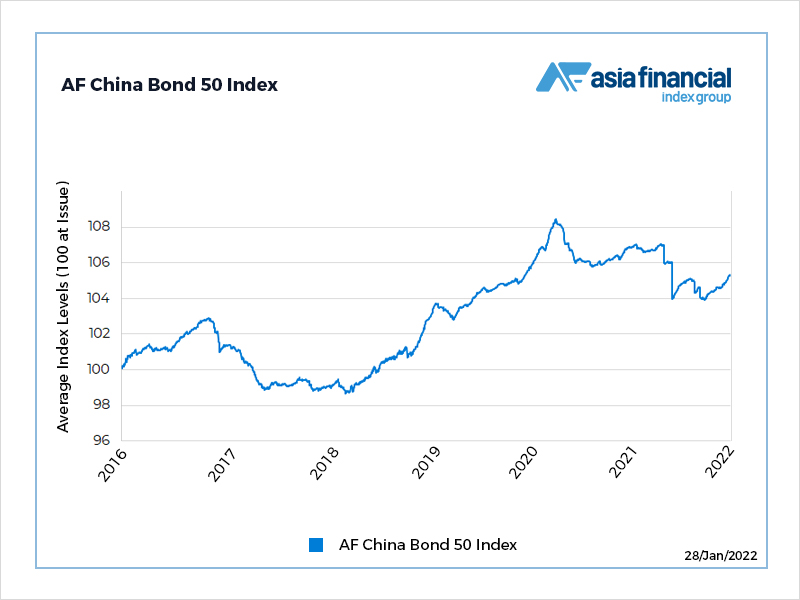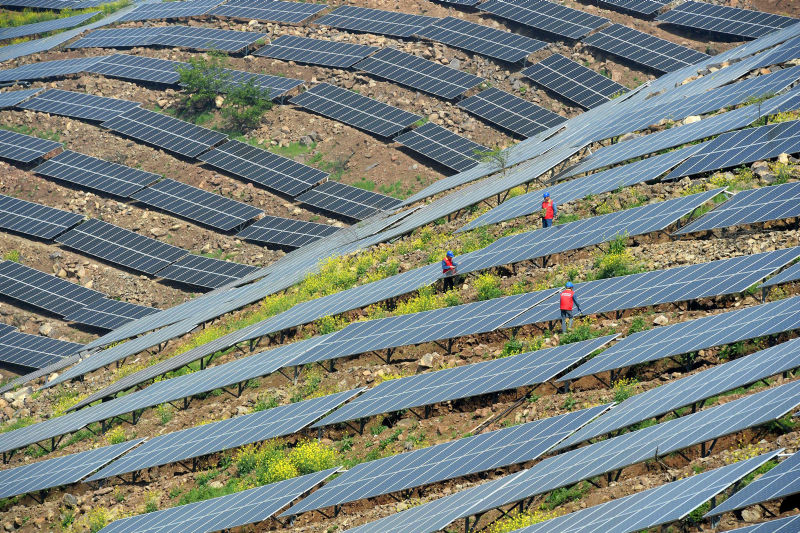Issuance of global environmental, social and governance (ESG) bonds could more than triple to $4.5 trillion by 2025, from $1.4 trillion at the end of 2021, boosted by greater participation from China, according to a new report.
China is now the world’s third-largest green bond market after France and Germany, accounting for about $145 billion of green bonds outstanding, according to a new research by Pictet Asset Management and the Institute for International Finance (IIF).
Together with India, Chile and Brazil, China accounts for over 80% of total issuance from the developing economies since the end of 2015.
ESG-labelled bonds are likely to become bigger features of emerging world sovereign and corporate debt markets.
“The development of ESG-labelled bonds is an area of the market we have been watching closely for some time,” said Raymond Sagayam, chief investment officer of fixed income at Pictet Asset Management.
Surge in Green Issues
After two years of subdued activity, China’s pledge to reach carbon neutrality by 2060 has prompted a surge in green bond issues from non-financial Chinese corporations and financial institutions in 2021, the report said.
Green bonds are those of which the proceeds are used to finance eligible green projects such as renewable energy, energy efficiency and pollution control.
“Analysis from IIF and Pictet Asset Management investment teams reaffirms our view that there is set to be a silent revolution in fixed income markets that will benefit investors, the environment and society,” Sagayam added.
ESG-labelled bond issuance in emerging markets will increase from $50 billion per year in 2020 to $360 billion by 2023, according to the report.
Among emerging markets, China – with its goal of climate neutrality by 2060 – is expected to remain dominant, accounting for over half of emerging market issuance through 2023.
Sustainability bonds, meanwhile, constitute about 12% of emerging market ESG-labelled bond markets, with borrowers based in China, Chile, and Mexico dominating issuance.
Sustainable Outcomes
The proceeds of those are applied to the delivery of environmentally sustainable outcomes or some combination of green and social projects such as education, climate change and biodiversity.
The sale of social bonds – fixed-income instrument whose proceeds go towards projects with positive social outcomes, such as affordable basic infrastructure, food security and access to essential services -has picked up during the pandemic.
Sustainability-linked bonds – general-purpose instruments where the borrower commits to achieving a sustainability performance target – have also gained traction, particularly among corporations based in emerging Asia.
Pictet noted that due to their complexity, ESG bonds can be costly to analyse, requiring far greater scrutiny than their conventional counterparts.
Nor do they currently fit neatly into the portfolio construction frameworks investors tend to favour, the report concluded.
- George Russell

READ MORE:
Shell Launches Green Hydrogen Plant in Winter Games Host City
Green BRI Helps Tackle Climate Change – Xinhua
China green bonds getting makeover to meet global standards
























